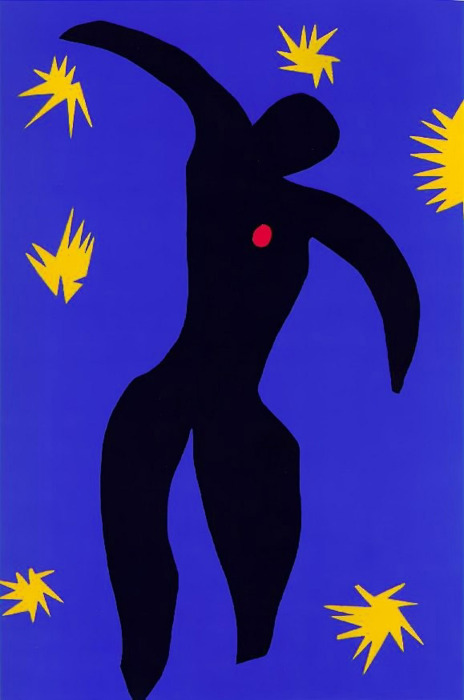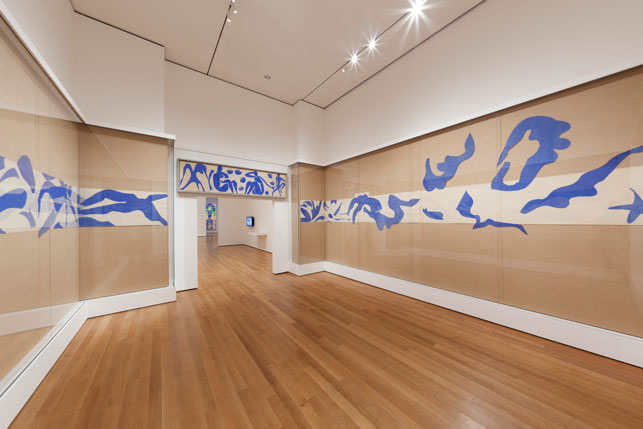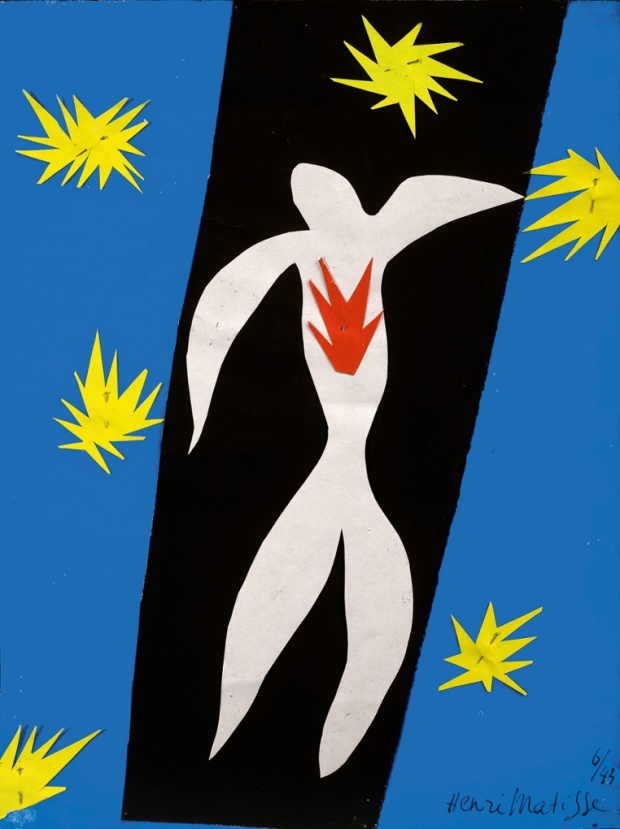We recently returned from a trip to Chicago and New York where we visited numerous museums and galleries: The Art Institute of Chicago, MoMA, The Guggenheim, The International Center for Photography, and others. Apart from ancient art and Renaissance painting, I sometimes think that my interest in art began with the Impressionists and peaked around 1960. I’m not a luddite and have much knowledge of contemporary art, artists, and artistic practice. Yet I was notably unmoved by most of the contemporary art we encountered. Some of it seemed narcissistic, cacophonous, and, at times, vulgar. There was a striving for attention and for effect. And it often remained only on the level of the mind, ignoring the potential for emotional resonance and the awe created in the viewer by great craftsmanship, with its capacity to deeply awaken the intelligence of the senses, the body. Have we lost the capacity to feel into something and sense the qualities of its nature? Have we foregone the sense of subtlety and a response to the sublime in favor of extreme stimulation and in-your-face content? Does everything need to be so obvious and unmasked? I feel that we need to sit with these questions for a while. If art arises from the consciousness of its maker, what does contemporary art say about where are as a culture and as individuals?
Many artists believe that the expression of highly personal realities can be made universal; that we are all human and in speaking as one, we are speaking as many. Je Suis Charlie resounds in our minds and on our tongues today. I am reminded of a saying that Nicholas Hlobeczy (my first photography teacher) was fond of repeating: “I am thee. You are me. We are indeed each other’s otherness.” If this is so, then why does so much in contemporary art ignore the other and assume that my reality is so unique, that I can speak only for myself. This attitude breeds divisiveness and arrogant entitlement. Much of the contemporary art we saw in Chicago and New York (I won’t name artists here) was so personal to the point that it seemed narcissistic and alienating to the viewer. I certainly found no point of entry — though perhaps it was my own lack of perceptual alertness or my inability to penetrate the artist’s message that gives me this impression.
Can art speak for the many and raise the consciousness of its viewer? Certainly. The Matisse Cut-Outs at MoMA answered this question with a resounding affirmation. The show is nothing short of remarkable, a late expression of the artist’s skill, sensibility, and deep humanity. In every one of the multiple rooms of the exhibit, I was reminded of Constance Hale’s advice to artists and writers: “Be simple but go deep. The exquisite “cutouts” of Matisse and the elegant line drawings of Picasso came late in long careers of painstaking work and wild experimentation. In writing, as in painting, simplicity often follows considerable torment.” It is nothing less than a form of alchemy. Artists cannot hasten the long, slow, simmering process that brings boldness, economy, and elegance to the forefront. Matisse created his cut-outs manually, using scissors and colored paper, late in his life and often from his wheelchair or bed.
In this work, he spectacularly integrates content and form, meaning and color, personal observation with a broad human dimension. The wall text on the MoMa exhibition states: “With deft handling … Matisse realized the potential of the cut-out as abstraction, representation, decoration, and environment,” implying the breadth of his artistic feat. Lesser, or perhaps more accurately, younger artists can manage to bring together only one or two of these aims. Abstraction often denies representation and decorativeness in an artist’s work often belies a serious intent. As we see in much contemporary art, personal conviction can oppose universal, humanistic meaning. Yet Matisse’s work synthesizes the personal and the broadly human, the serious with the lyrical, and attentive use of form and color alongside the conceptual with an integrative force.
As a master colorist, the emotional resonances in the Matisse cut-outs speak in a range of voices: a subtle whisper, a prayer, a joyous shout, a loving, tender word, and a songbird’s melodic rhapsodies. The content and subject of his representation is equally varied and diverse: dancers, swimmers, mythology, religion, nudes, acrobats, circus performers, nature, and themes from Oceania. The range of subject matter reflects the artist’s wide interests and curiosities as well as his sharply detailed, direct observations of life. And the cutouts ranged in size from small, intimate pieces to large commanding wall panels and stained glass windows all the way to room size installations.
It’s no wonder that Picasso, throughout his life, maintained both a close friendship and heated competition with Matisse, each one seeking to outdo the other. The work of Matisse is a masterful blend of the highly personal and broadly universal. On one level, artists must talk about their times; they are a child of their age. And they must do so through the lens of the self, following one’s own dictates and unique fascinations. But how large is the self? How much can it embrace? As Walt Whitman observed: “I contain multitudes.” Art can be of its times, yet transcend the highly particular and represent the timeless challenges embedded in being human. For me, the greatest works hold paradoxical content easily within their bounds. Paradox, I believe, is seen in many works of art where we feel simultaneously a living, radiant presence combined with a recognition of the sometimes painfully acknowledged facts of our existence. Indeed, I feel that in many of the greatest works we find a search for wholeness of spirit, for redemption, and for eternal values expressed through the transitory moments and ephemeral circumstances of our lives.
For the observant viewer, Matisse touches both, our contradictions and our potential wholeness. Like most of us, and like his art, Matisse lived with opposing impulses. A highly sensual man, he was also deeply spiritual. Rumored to receive sexual favors from his models, he was a baptized catholic. The process of his artwork became for him a path towards the reconciliation of his dual nature. In showing a cutout of a nude model to a friend, Matisse remarked, “You will see the awakening of the converted,” Flesh and spirit, emptiness and form, become two sides of the same dynamic.
Picasso said that Matisse had the sun in his belly. A particular radiance infuses the work of Matisse. Line and color were, for Matisse, the great “lifegivers.” Hilary Spurling, author of a biography of Matisse, claims “he equated creativity with incandescence.” And it is true. The many rooms in the MoMA exhibition felt like a revolution around the sun. The work gave life, was life. I felt the works within me, as part of an organic reality; their forms and color continue to reverberate in my mind and body. Seeing the work changed me, added to my existence.
Matisse’s work reaches out over time to offer us a unique nourishment. I feel with the best artists that, often in their later work, something of a different order moves through them. A moment comes in one’s creative work, a moment of awareness transformed into an image, a turn of phrase, a part of a painting, or even an entire project. Something passes through the artist cleanly and directly. As artists, it nourishes us profoundly, and upon sharing the work with others, we discover it feeds them as well. Yes — we exclaim — this is closer to the truth. This is something of our birthright. This is something of our dharma, our true path. This is something that is surprising, astonishing, magical, and miraculous, even to ourselves. We know it when we see it, yet could not predict it in advance. We become the harbinger of an age, move past mere self-expression to become the voice of the many.
Very late in Picasso’s life, he admitted his own truth, “All things considered, there is only Matisse.” Be simple but go deep.
A picture must possess a real power to generate light and for a long time now I’ve been conscious of expressing myself through light or rather in light.
I would like to recapture that freshness of vision which is characteristic of extreme youth when all the world is new to it.
Creativity takes courage.
— Henri Matisse




